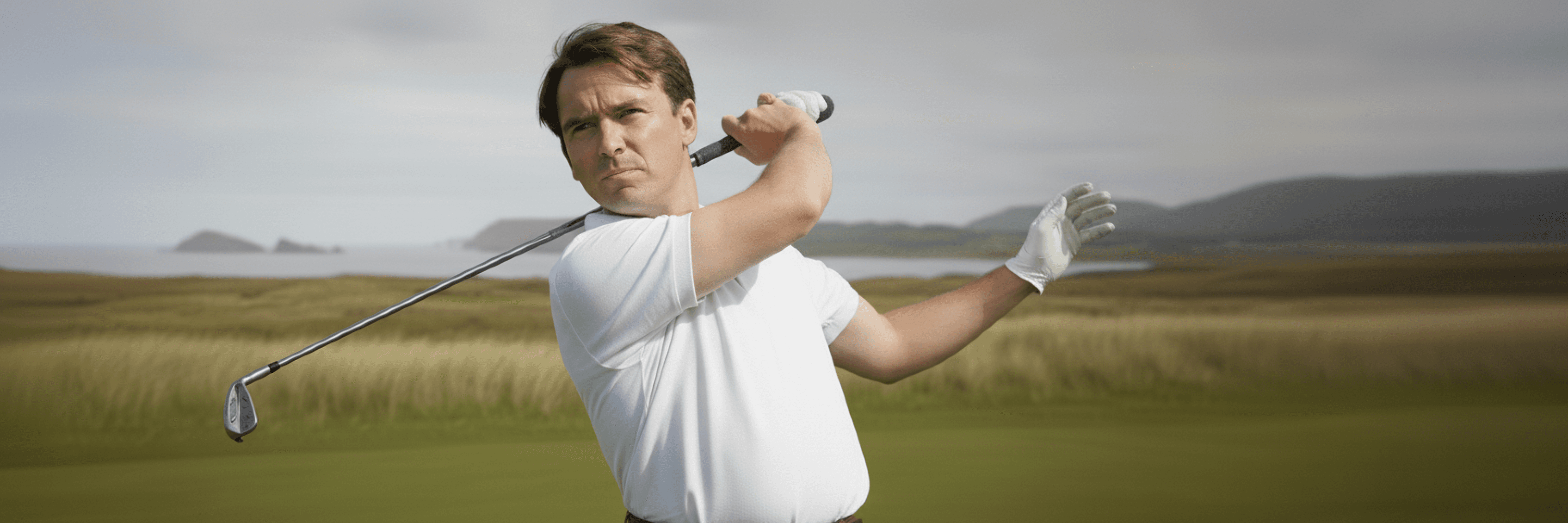How to Fix Your Golf Hook: 3-Step Guide
By Caddie Callum••Updated:

TL;DR
A golf hook occurs when your clubface is closed (pointing left for right-handers) relative to your swing path at impact, creating right-to-left spin on the ball. After analyzing thousands of swings, here's what works to fix it:
1. Weaken your grip so the clubface doesn't close too early
2. Check your alignment to avoid aiming right
3. Refine your swing path to be less inside-out
Most hookers have a too-strong grip combined with an exaggerated inside-out path, which amplifies the problem. Make these three adjustments systematically, and you can transform your hook into a straight shot or controlled draw.
Why Am I Hitting a Hook?
A hook is the opposite problem of a slice—and in some ways, a better problem to have. Modern ball-flight research using launch monitors like TrackMan shows that ball direction is determined roughly 75-85% by face angle at impact, not swing path.
Here's what's happening: when your clubface is closed (pointing left for right-handers) relative to your swing path at impact, your ball starts left and curves even further left. The closed face creates the sidespin that produces that diving hook. Many hookers compound this with an exaggerated inside-out swing path, which adds even more right-to-left spin.
If you're hooking, you've already mastered closing the clubface—something slicers struggle with. Now you just need to dial back the face closure and refine your path. Small adjustments can transform your hook into a controlled draw.
Step 1: Weaken Your Grip
Your grip is likely too strong, causing the clubface to close aggressively through impact. Examine your lead hand (left hand for right-handers). If you can see 3-4 knuckles when you look down, your grip is too strong.
Rotate your lead hand counterclockwise until you can see only 2 knuckles—or even just 1.5 knuckles. Then adjust your trail hand to match, ensuring both Vs formed by your thumbs and forefingers point more toward your chin rather than your trail shoulder.
This weaker grip position reduces how much the clubface rotates closed through impact. This may feel uncomfortable at first if you're used to a strong grip—you might even hit some pushes or fades initially. That's completely normal and shows the adjustment is working.
Step 2: Learn to Hit a Fade
This step might seem counterintuitive, but it's incredibly effective: deliberately practice hitting fades. Learning to produce the opposite ball flight teaches you what a more open clubface feels like at impact.
Start with your weaker grip from Step 1. Make practice swings where you hold the clubface slightly open through impact, preventing the aggressive rotation that causes hooks. Here's the key feeling: imagine you're hitting a slice forehand in tennis or table tennis—that sensation of brushing across the ball with an open racket face to create left-to-right spin. Apply that same "cutting across" feeling to your golf swing.
Don't worry about where the ball goes at first—you're building the sensation of controlling face closure. Once you can reliably produce a fade, you've developed better clubface awareness. You can then dial it back to hit straight shots or controlled draws.
Step 3: Refine Your Path and Alignment
Now that you can control face closure and hit fades, refine your swing path and alignment for consistency. Many hookers unknowingly aim their body right of the target to compensate for their hook, which actually encourages an even more inside-out path.
Set up with your feet, hips, and shoulders parallel to your target line—not at the target itself, but parallel left of it (like railroad tracks). Check your ball position too. If the ball is too far back in your stance, you're catching it while the clubface is still closing. Move it slightly forward—just inside your lead heel for driver shots.
Your swing path is likely too much inside-out. Rather than dropping the club dramatically inside on the downswing, feel like you're delivering it more down the target line. The path should still be slightly inside-out (1-3°), but not the exaggerated 8-10° that produces snap hooks.
Use alignment sticks during practice to groove this more neutral path. The ball should start on target and either fly straight or draw gently back to center.
Ready to play better golf?
Get personalized coaching powered by AI and body-tracking technology